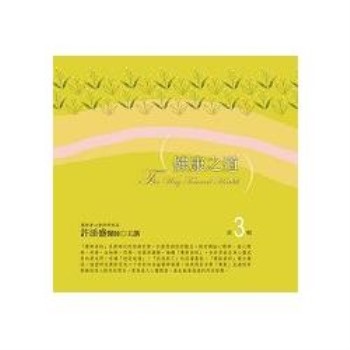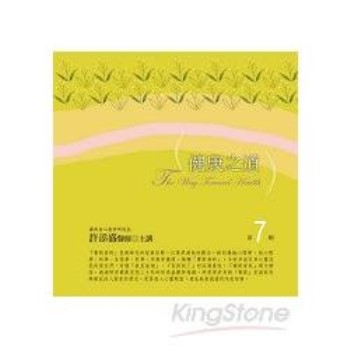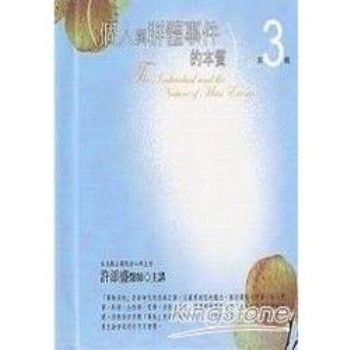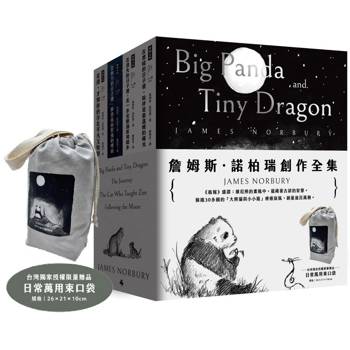In the fourteenth century, garish ornaments, bright colors, gilt, and military effects helped usher in the age of fashion in Italy. Over a short span of years important matters began to turn on the cut of a sleeve. Fashion influenced consumption and provided a stimulus that drove demand for goods and turned wealthy townspeople into enthusiastic consumers. Making wise decisions about the alarmingly expensive goods that composed a fashionable wardrobe became a matter of pressing concern, especially when the market caught on and became awash in cheaper editions of luxury wares.
Focusing on the luxury trade in fashionable wear and accessories in Venice, Florence, and other towns in Italy, Gilding the Market investigates a major shift in patterns of consumption at the height of medieval prosperity, which, more remarkably, continued through the subsequent era of plague, return of plague, and increased warfare. A fine sensitivity to the demands of "le pompe," that is, the public display of private wealth, infected town life. The quest for luxuries affected markets by enlarging exchange activity and encouraging retail trades. As both consumers and tradesmen, local goldsmiths, long-distance traders, bankers, and money changers played important roles in creating this new age of fashion. In response to a greater public display of luxury goods, civic sumptuary laws were written to curb spending and extreme fashion, but these were aimed at women, youth, and children, leaving townsmen largely unrestricted in their consumption. With erudition, grace, and an evocative selection of illustrations, some reproduced in full color, Susan Mosher Stuard explores the arrival of fashion in European history.| FindBook |
有 1 項符合
Gilding the Market: Luxury And Fashion in Fourteenth-Century Italy的圖書 |
 |
Gilding the Market: Luxury And Fashion in Fourteenth-Century Italy 作者:Stuard 出版社:University of Pennsylvania Press 出版日期:2006-02-22 語言:英文 規格:精裝 / 322頁 / 23.6 x 16.5 x 3 cm / 普通級 |
| 圖書館借閱 |
| 國家圖書館 | 全國圖書書目資訊網 | 國立公共資訊圖書館 | 電子書服務平台 | MetaCat 跨館整合查詢 |
| 臺北市立圖書館 | 新北市立圖書館 | 基隆市公共圖書館 | 桃園市立圖書館 | 新竹縣公共圖書館 |
| 苗栗縣立圖書館 | 臺中市立圖書館 | 彰化縣公共圖書館 | 南投縣文化局 | 雲林縣公共圖書館 |
| 嘉義縣圖書館 | 臺南市立圖書館 | 高雄市立圖書館 | 屏東縣公共圖書館 | 宜蘭縣公共圖書館 |
| 花蓮縣文化局 | 臺東縣文化處 |
|
|
圖書介紹 - 資料來源:博客來 評分:
圖書名稱:Gilding the Market: Luxury And Fashion in Fourteenth-Century Italy
內容簡介
作者簡介
Susan Mosher Stuard is Professor of History Emeritus at Haverford College. She is editor of Women in Medieval Society and Women in Medieval History and Historiography and author of A State of Deference: Ragusa/Dubrovnik in the Medieval Centuries, all published by the University of Pennsylvania Press.
|











